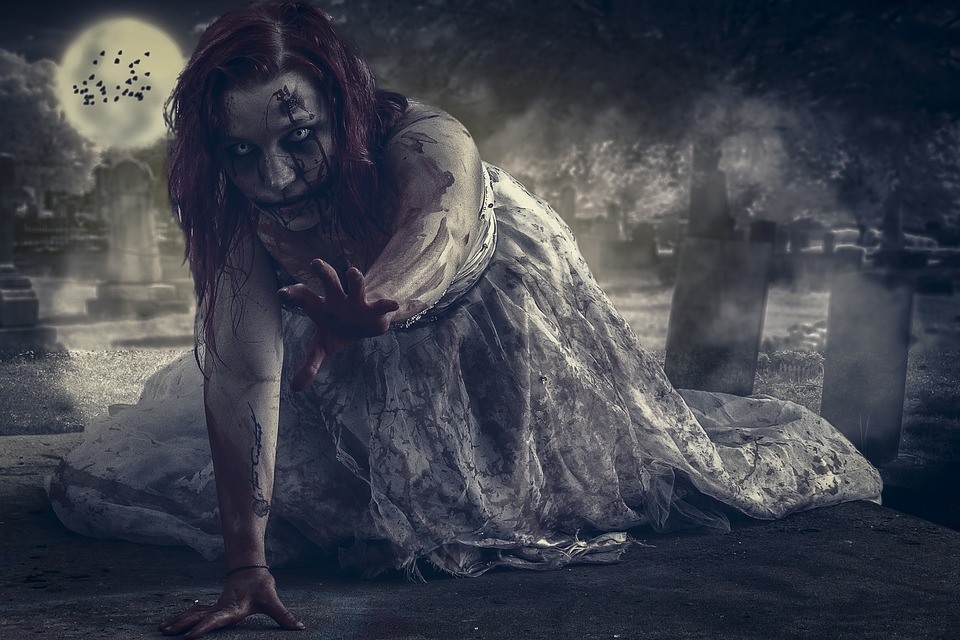Horror games have captivated players for decades, delivering experiences that elicit fear, suspense, and, often, an exhilarating adrenaline rush. Central to their gripping narratives and gameplay are two iconic elements: creepy creatures and nightmarish settings. These components are not merely decorative but serve as the heartbeat of the horror genre, shaping the atmospheres and experiences that leave lasting impressions on players.
Creepy Creatures: The Embodiments of Fear
1. Monsters and Mutants
The creatures that haunt the dark corners of horror games often represent our deepest fears—be it the grotesque or the unknown. From the monstrous invaders of Resident Evil to the haunting specters of Silent Hill, these entities take form through a combination of nightmarish design and unsettling behaviors.
Iconic Examples:
- Pyramid Head from Silent Hill symbolizes guilt and repression, embodying a psychological horror that is both terrifying and thought-provoking.
- Nemesis from *Resident Evil 3** evolves from a standard monster into a relentless predator, mastering the art of chase that keeps players on the edge.
2. Psychological Horror
Not all horror comes from visible threats. Some of the most terrifying creatures are those that play tricks on the mind. Games like Amnesia: The Dark Descent and Layers of Fear integrate psychological elements that blur the lines between reality and insanity. This approach relies on atmospheric tension rather than traditional jump scares, eliciting fear from the unknown.
3. Unpredictability
The unpredictability of creatures adds to the tension. Games like Outlast utilize AI that behaves erratically, catching players off guard. The feeling that danger lurks around every corner enhances immersion, forcing players to remain vigilant and aware of their surroundings.
Nightmarish Settings: The Canvas of Fear
1. Dread-Inducing Environments
Horror games often place players in eerie, desolate landscapes that contribute to the foreboding atmosphere. Abandoned asylums, dark forests, and dilapidated mansions serve as backdrops, amplifying the sense of isolation and danger. The environments act as additional characters in the narrative, each corner obscured by shadow and mystery.
Iconic Examples:
- The Baker House in Resident Evil 7 is a testament to claustrophobic design and grotesque aesthetics, where every room tells a story of despair and horror.
- The Fog of Silent Hill envelops players in an otherworldly shroud, distorting reality and displacing comfort even in familiar settings.
2. Environmental Storytelling
One of the potent tools in horror games is environmental storytelling. Players learn about the backstory through the decaying remnants of life left behind. In Gone Home, mundane settings are transformed into haunting experiences merely through context, revealing tragedies that resonate deeply.
3. Sound Design
While primarily focused on visual storytelling, the audio landscape of horror games is equally crucial. Sudden bursts of sound, chilling whispers, and unsettling ambient noises create an immersive experience that can evoke visceral reactions. The combination of unsettling visuals and haunting sounds intensifies the feeling of dread, keeping players on high alert.
Conclusion: A Symphony of Fear
Creepy creatures and nightmarish settings are not simply components of horror games; they are essential elements that define the genre. Together, they create an intricate tapestry of fear designed to evoke emotions that linger long after the controller is put down. The mastery of these elements has led to the creation of unforgettable gaming experiences, from the mind-bending psychological horror of Silent Hill to the bone-chilling survival tactics in Resident Evil.
As technology evolves and storytelling mechanics refine, the future of horror games will undoubtedly continue to explore new depths of terror, showcasing the potency of their iconic elements. Players can expect even more innovative uses of creepy creatures and nightmarish settings, ensuring that the thrill of fear remains as compelling as ever.



